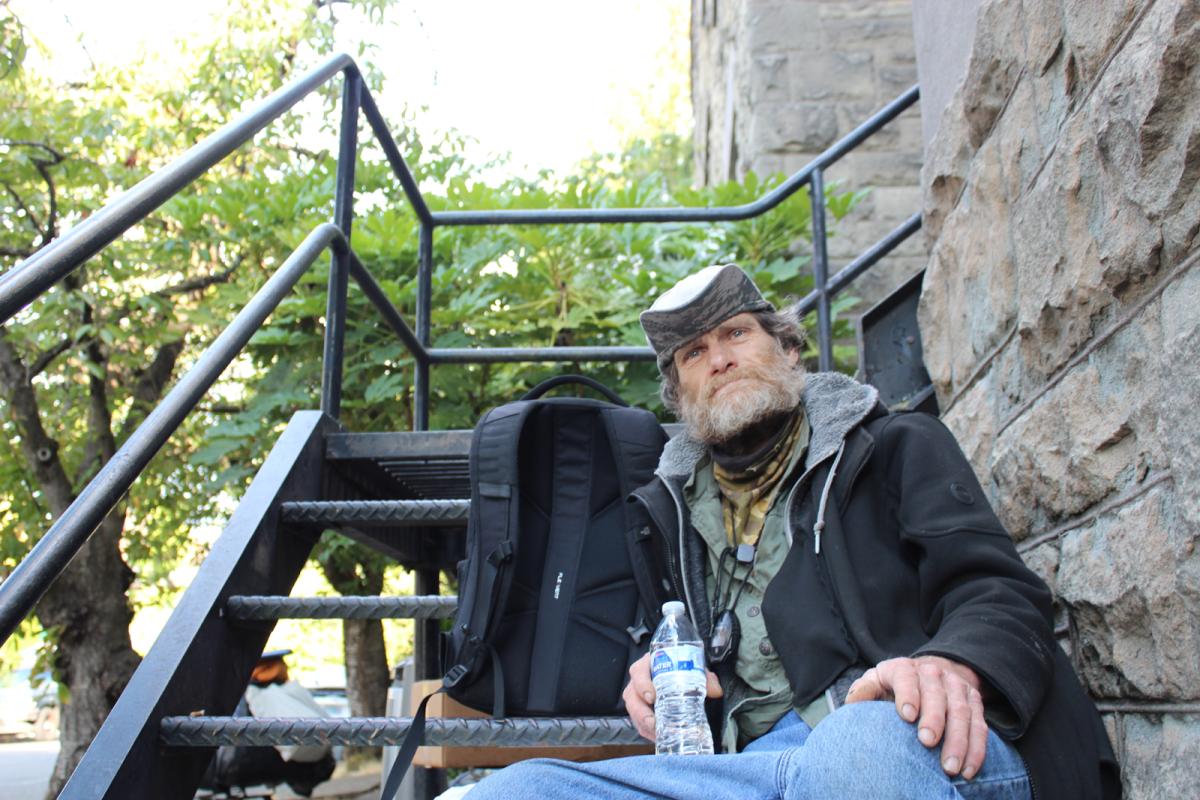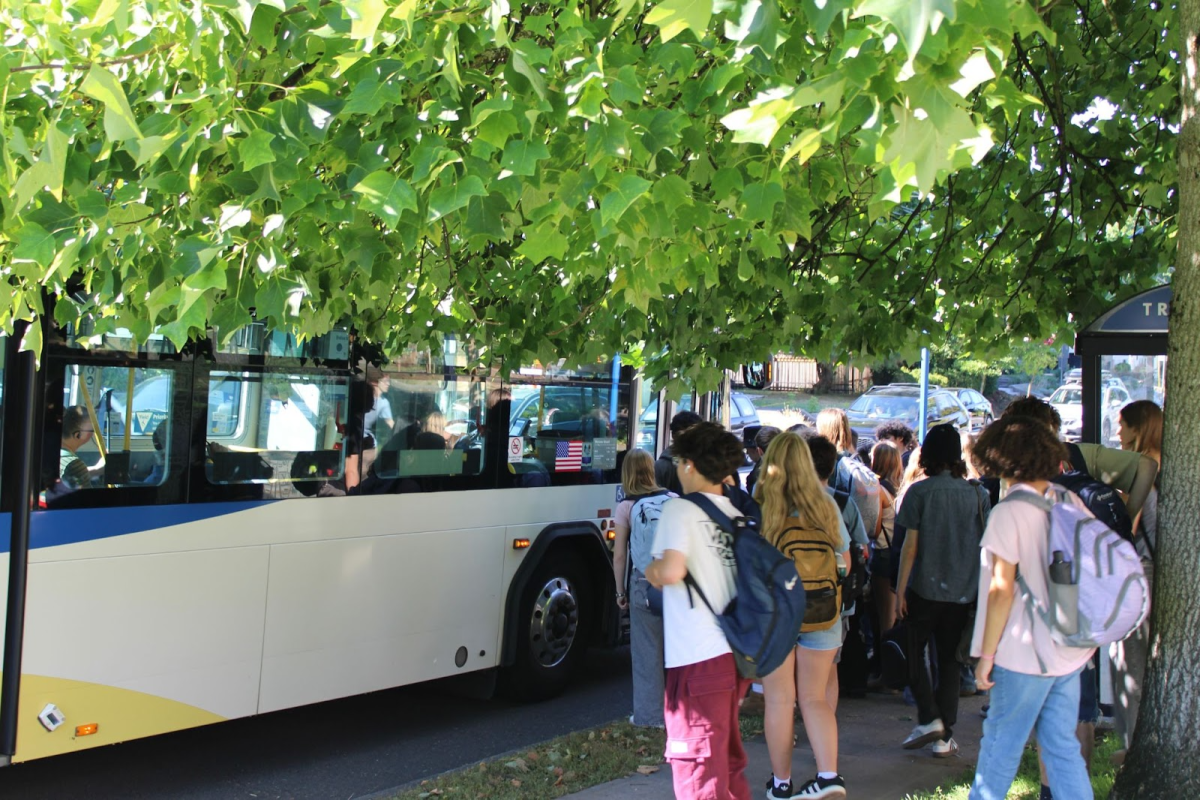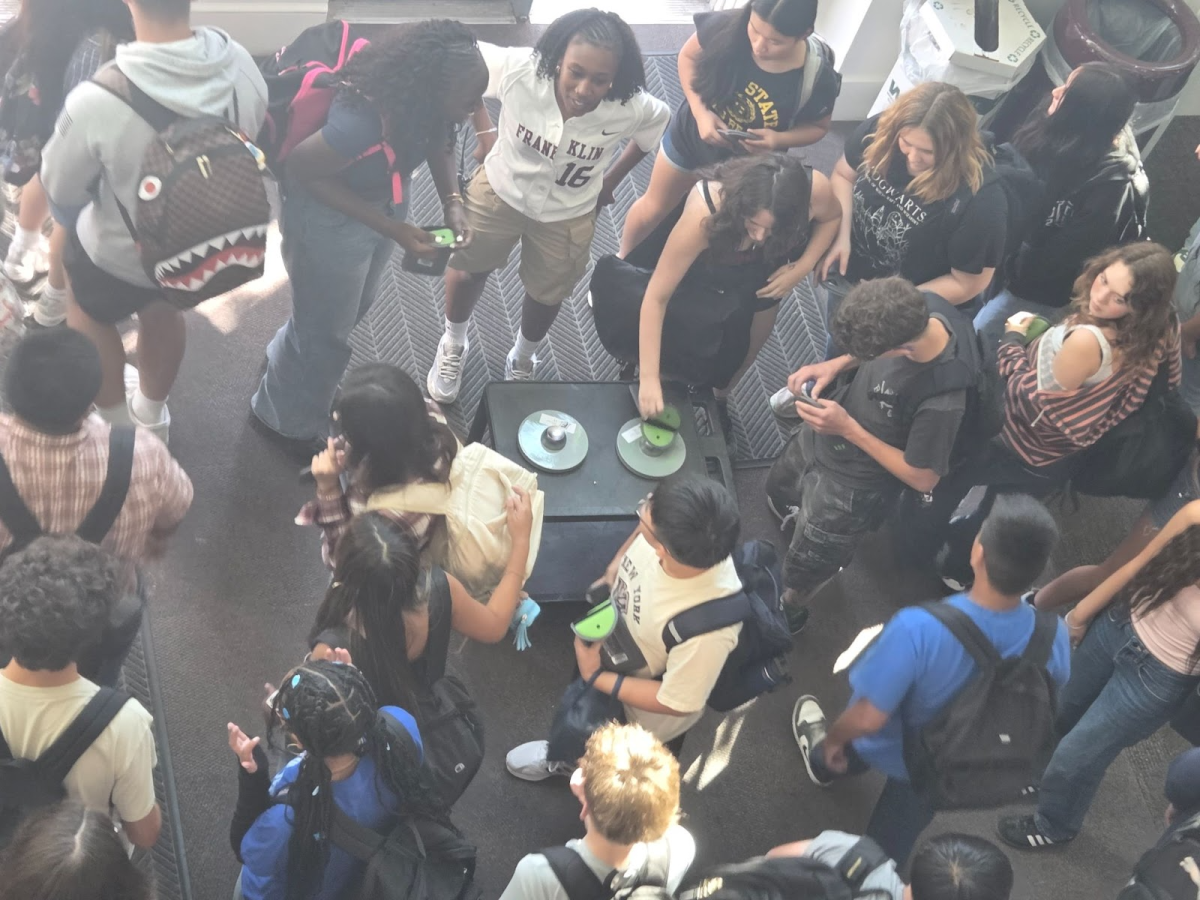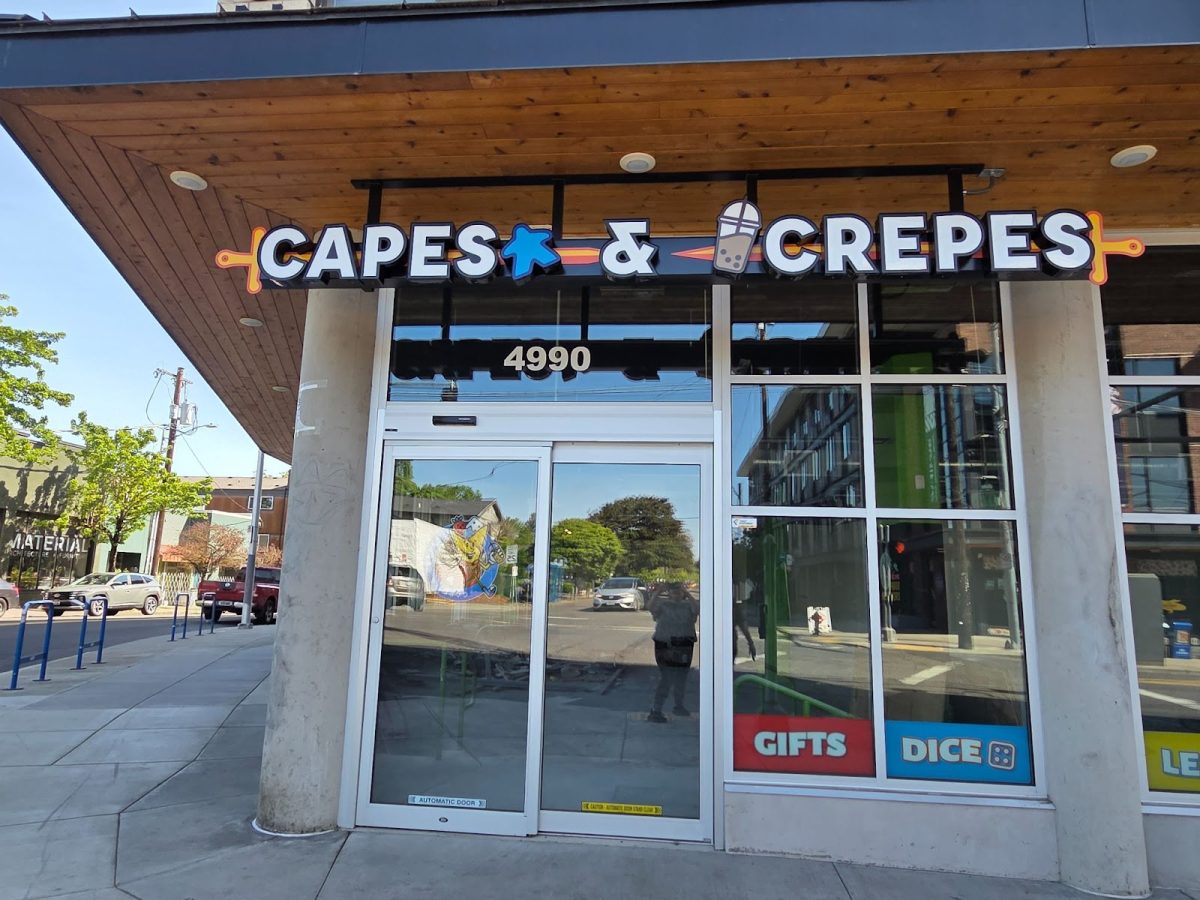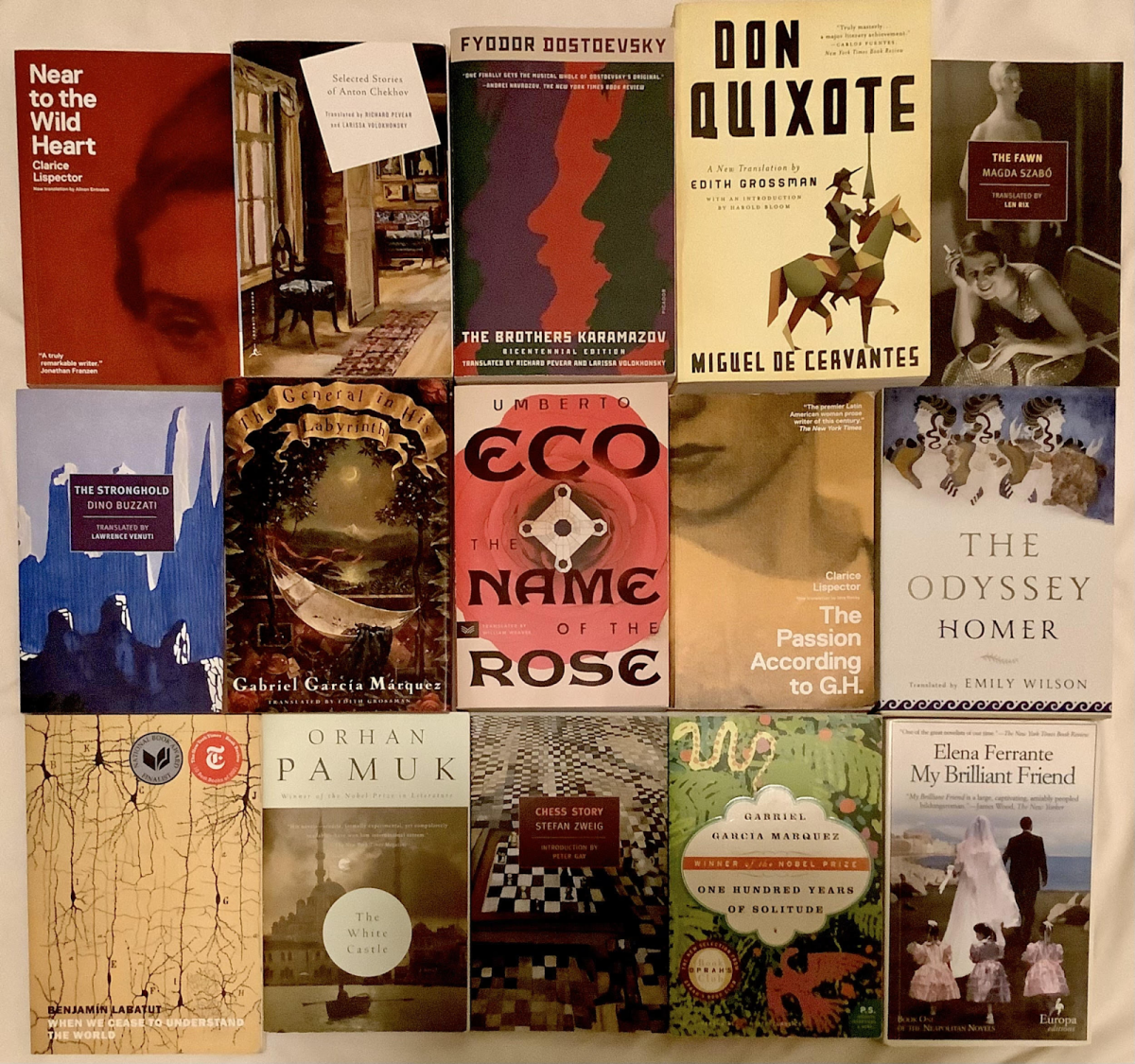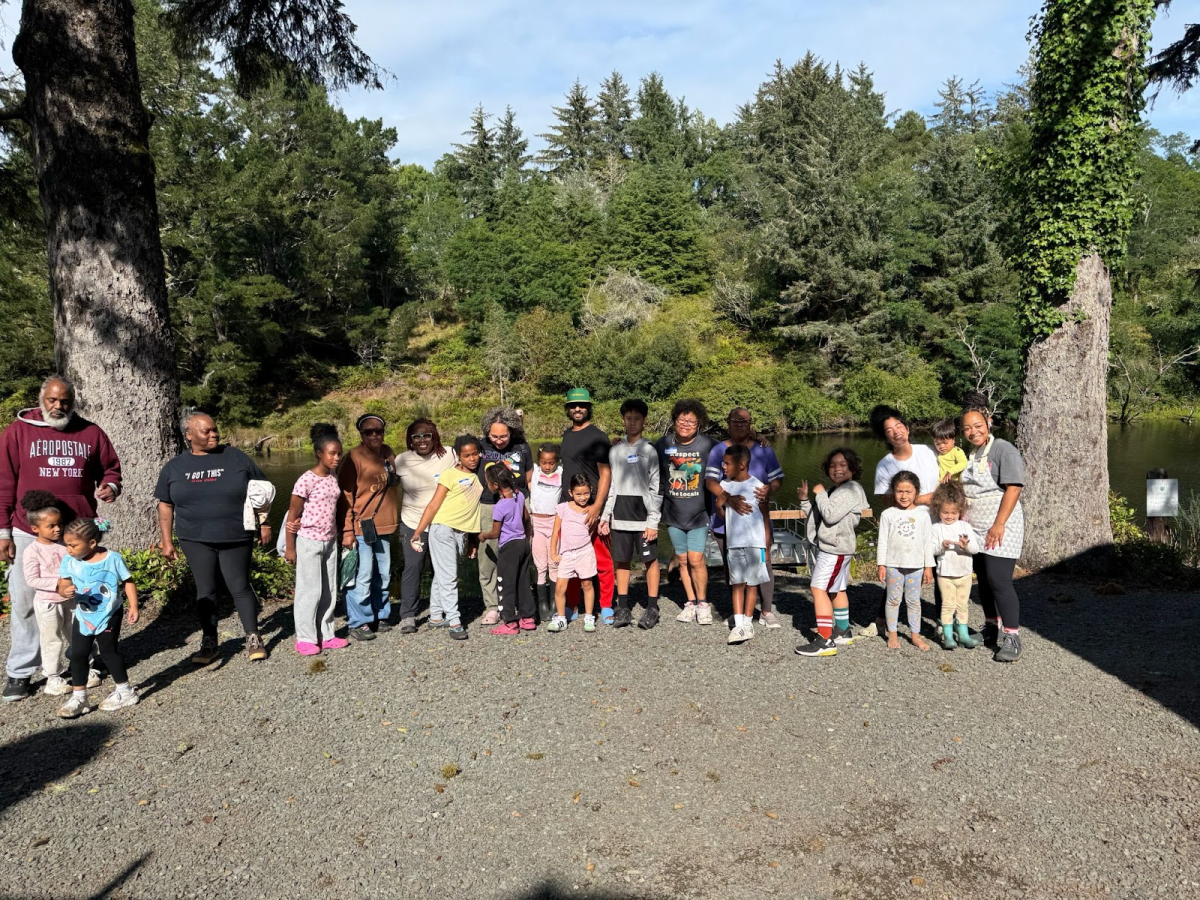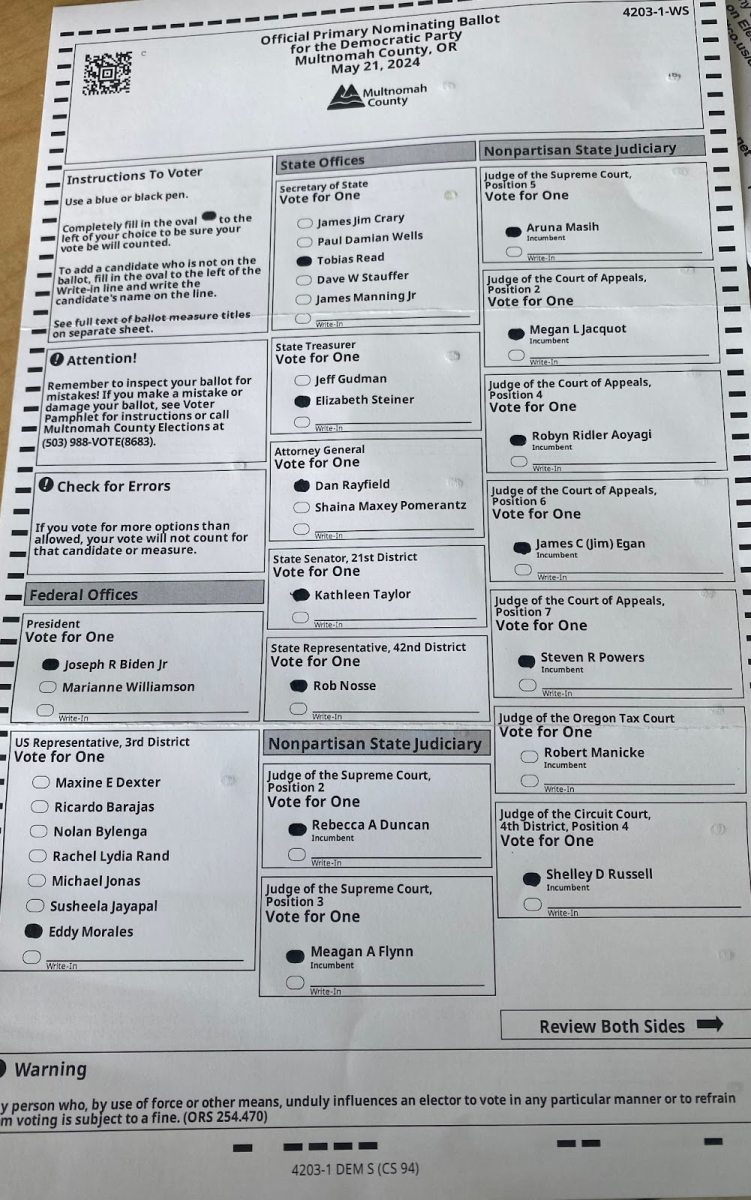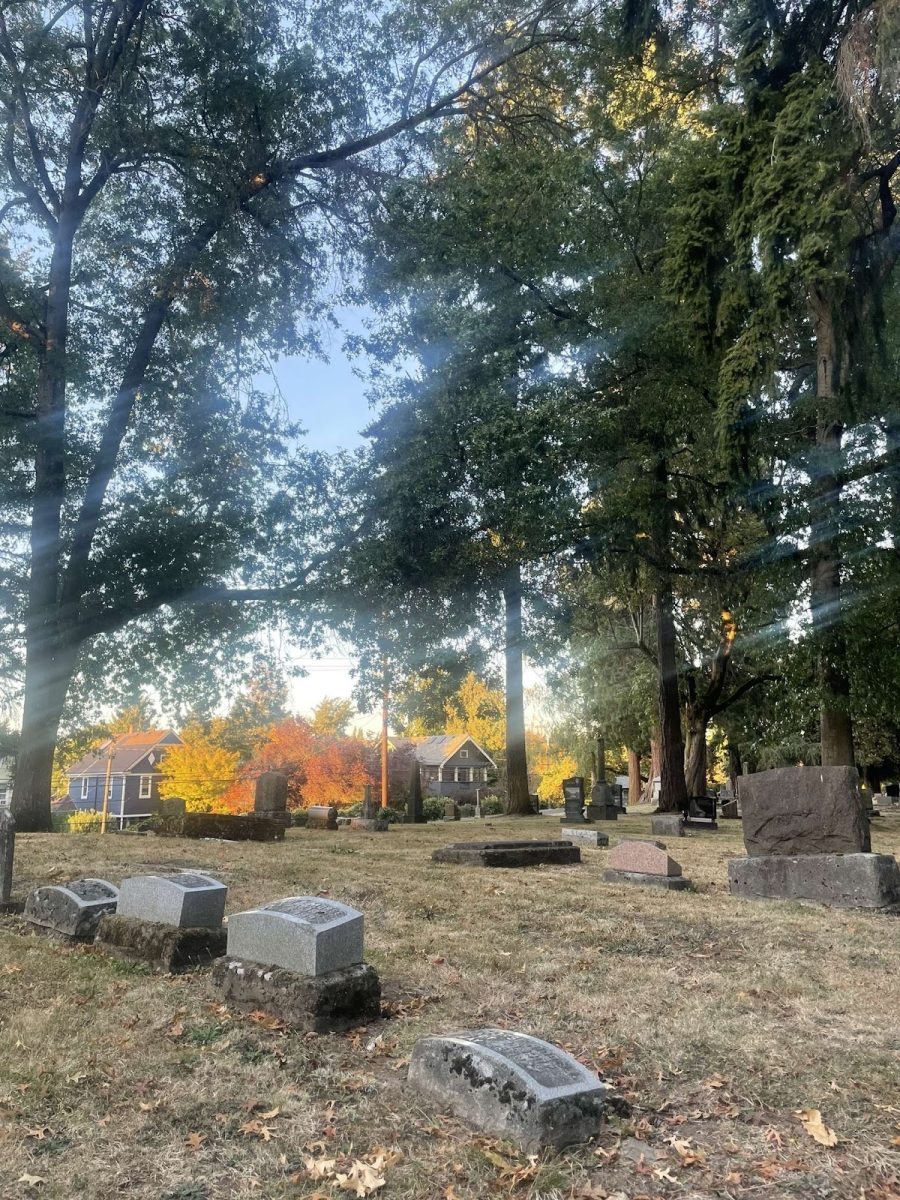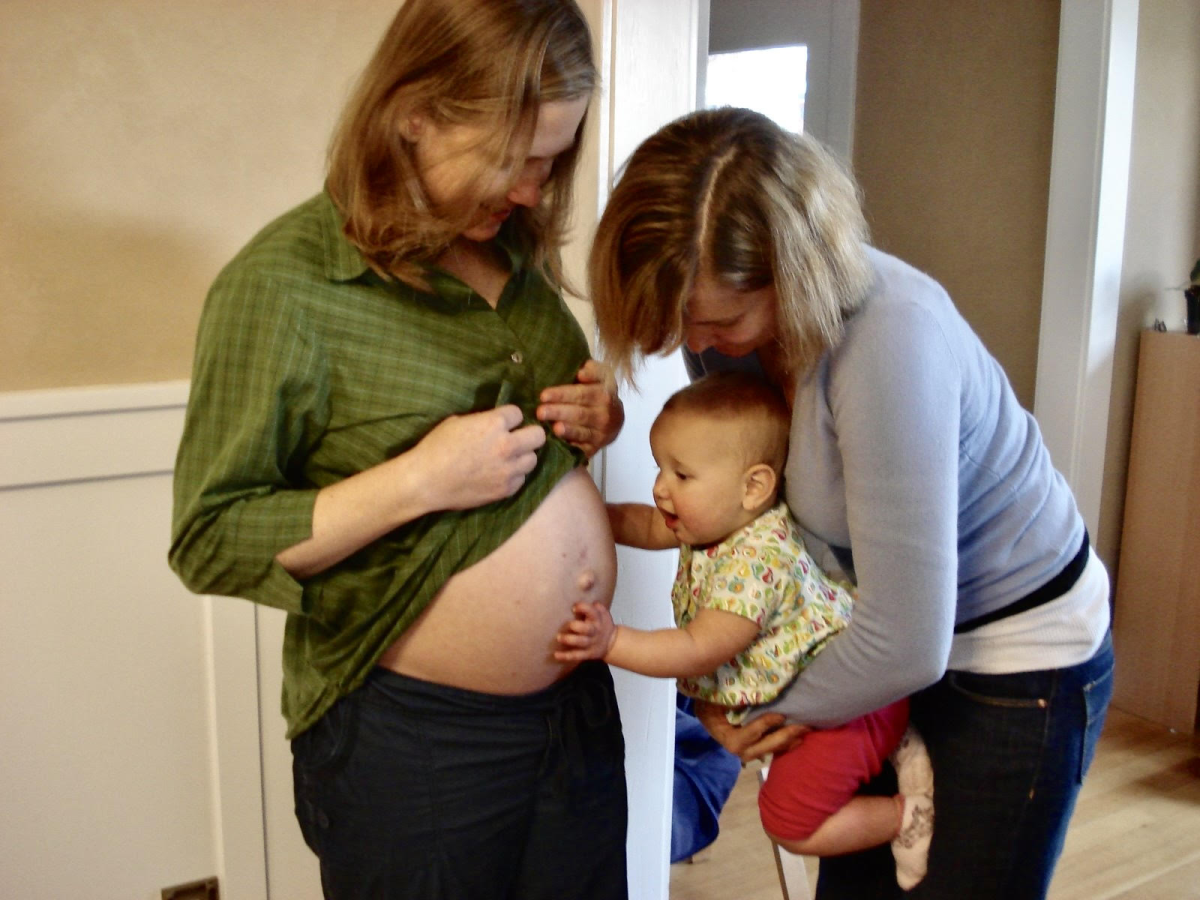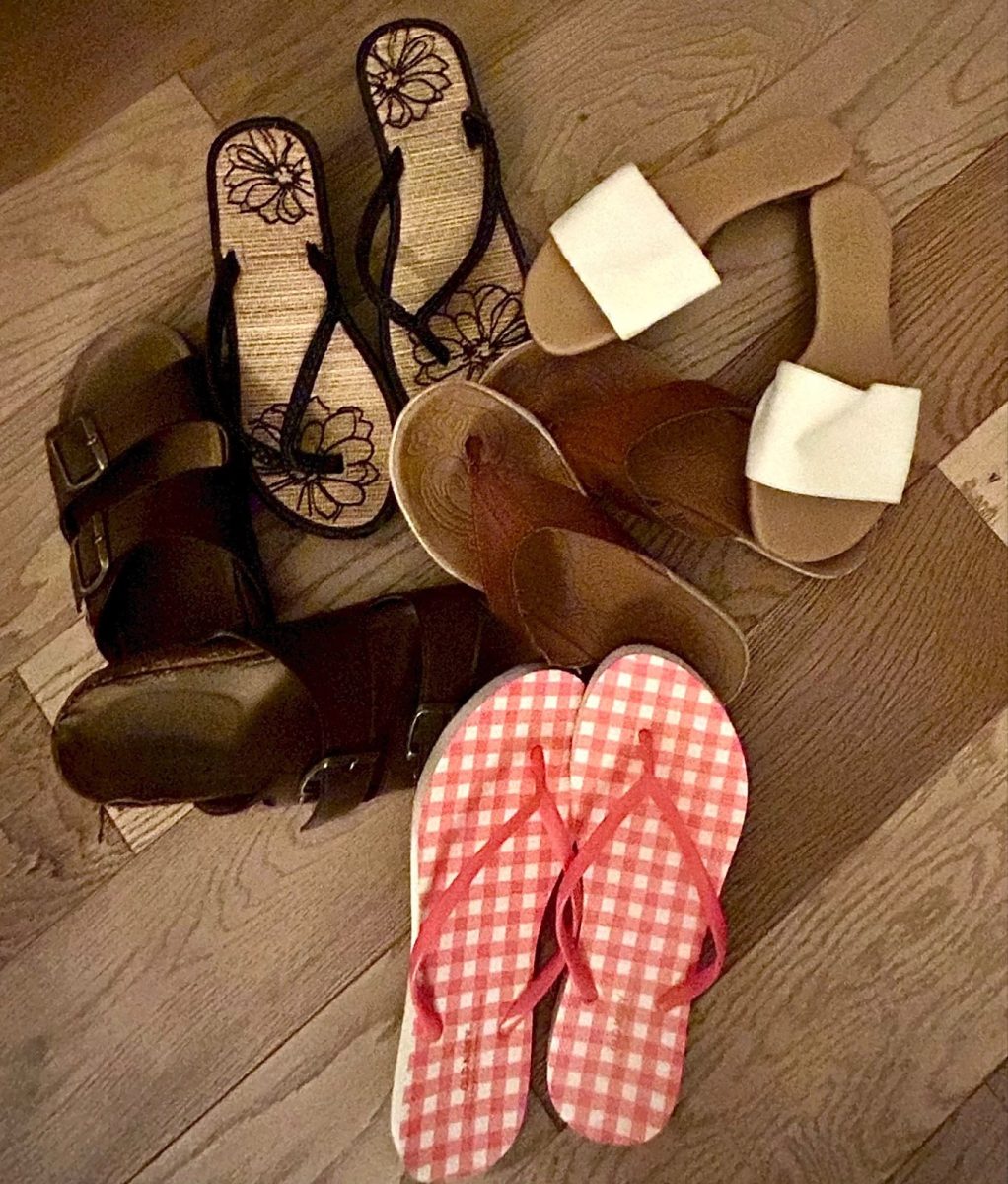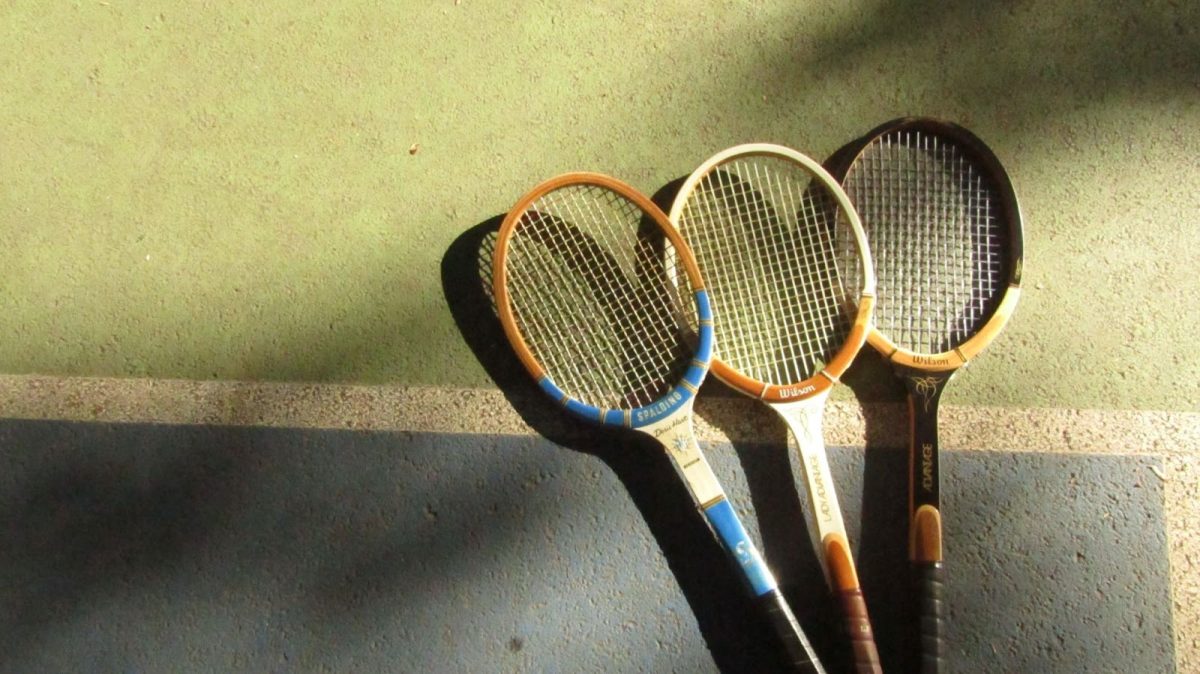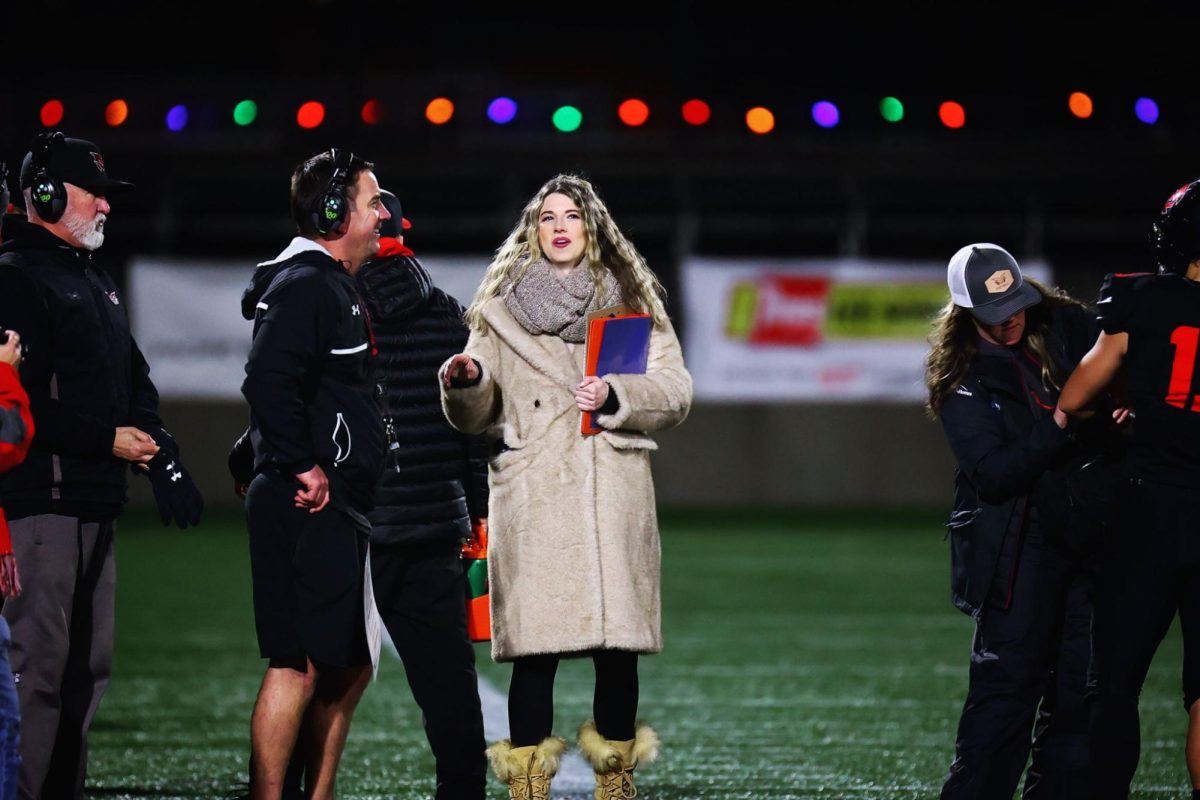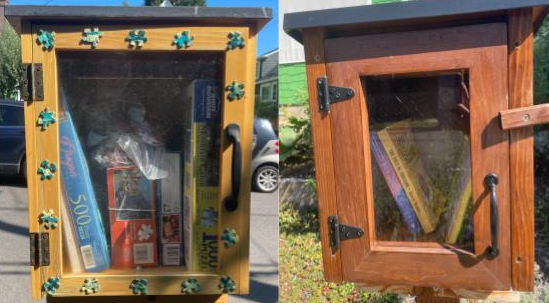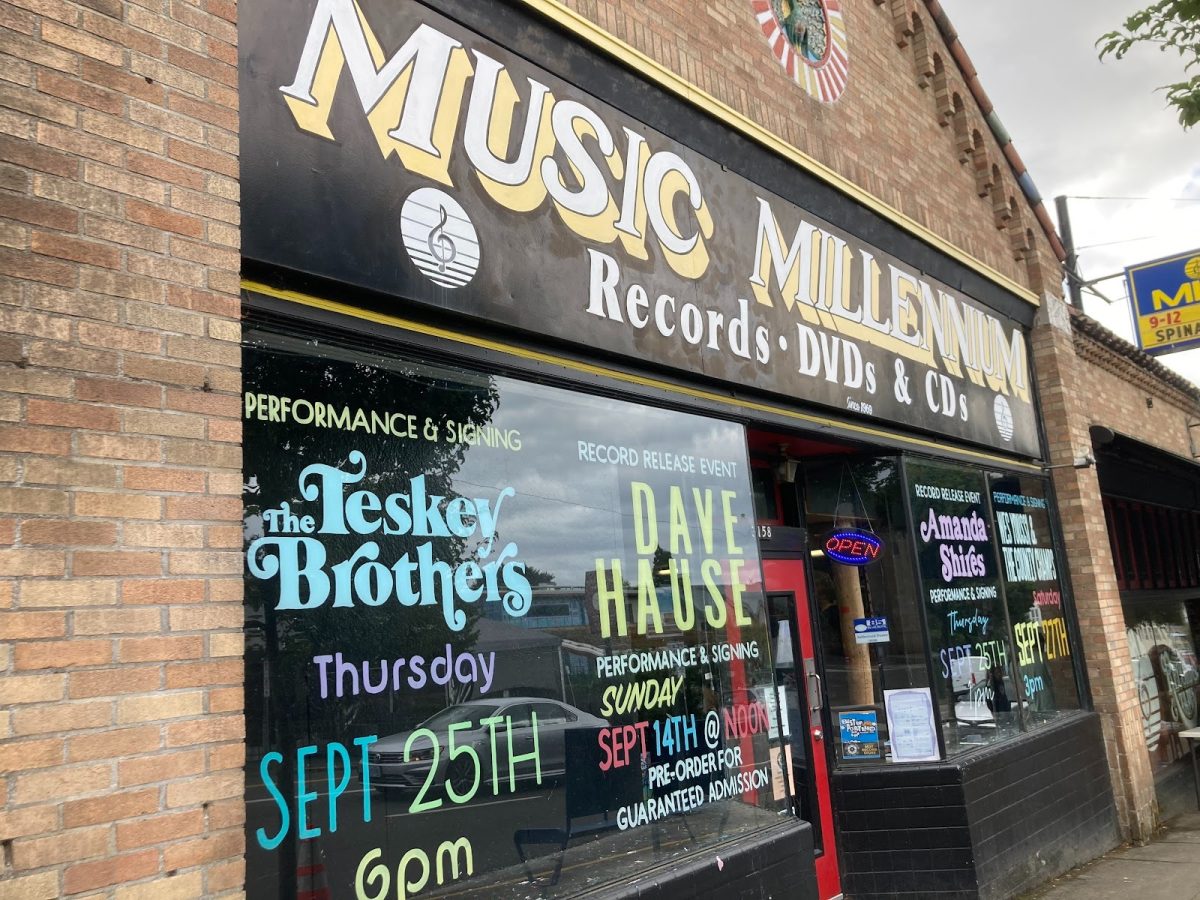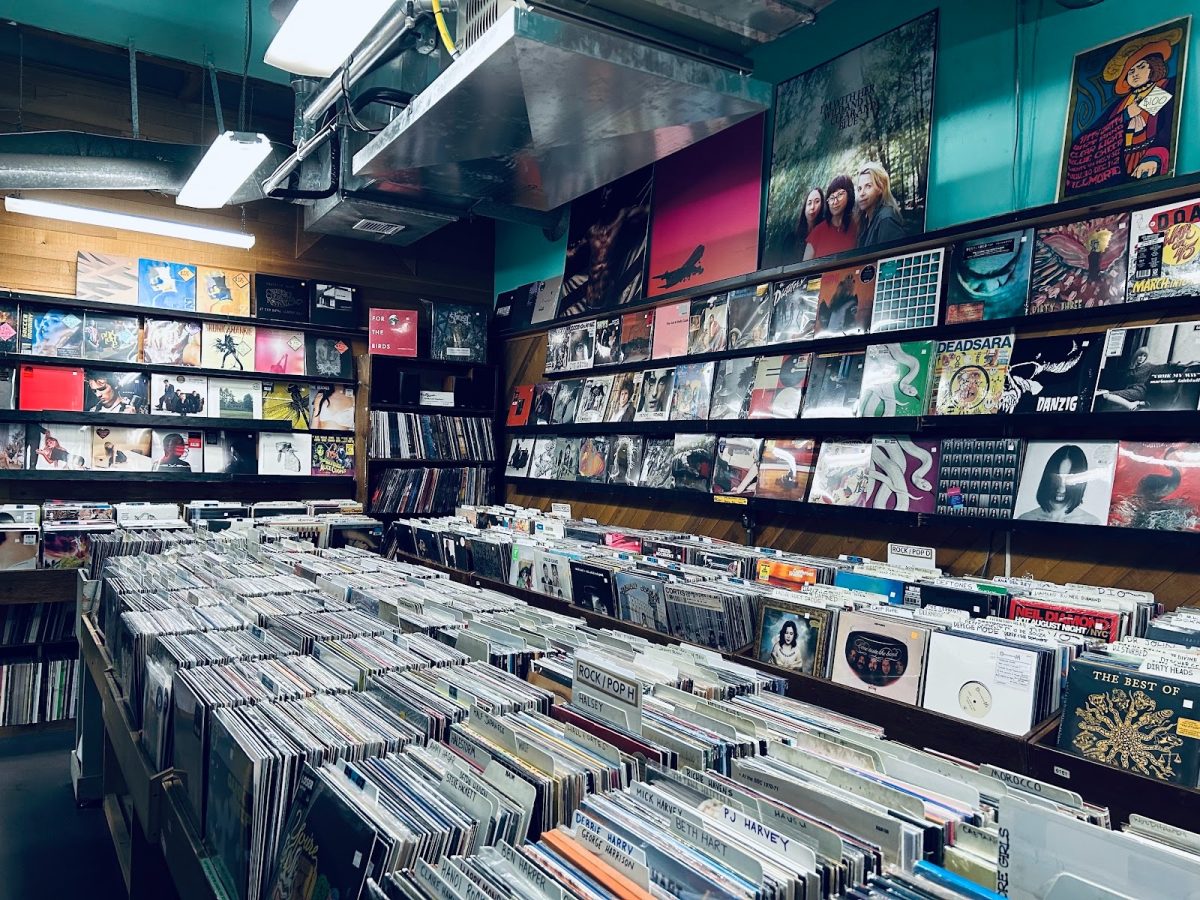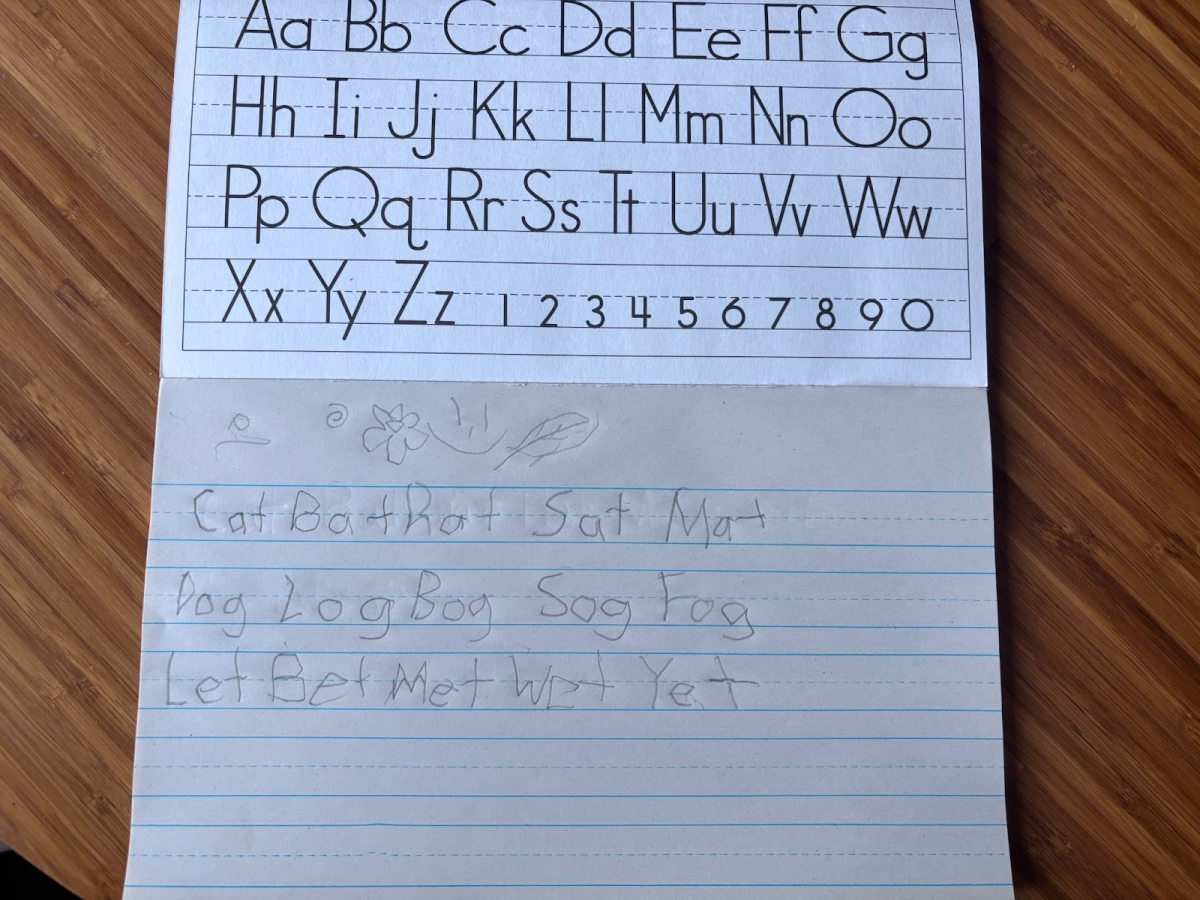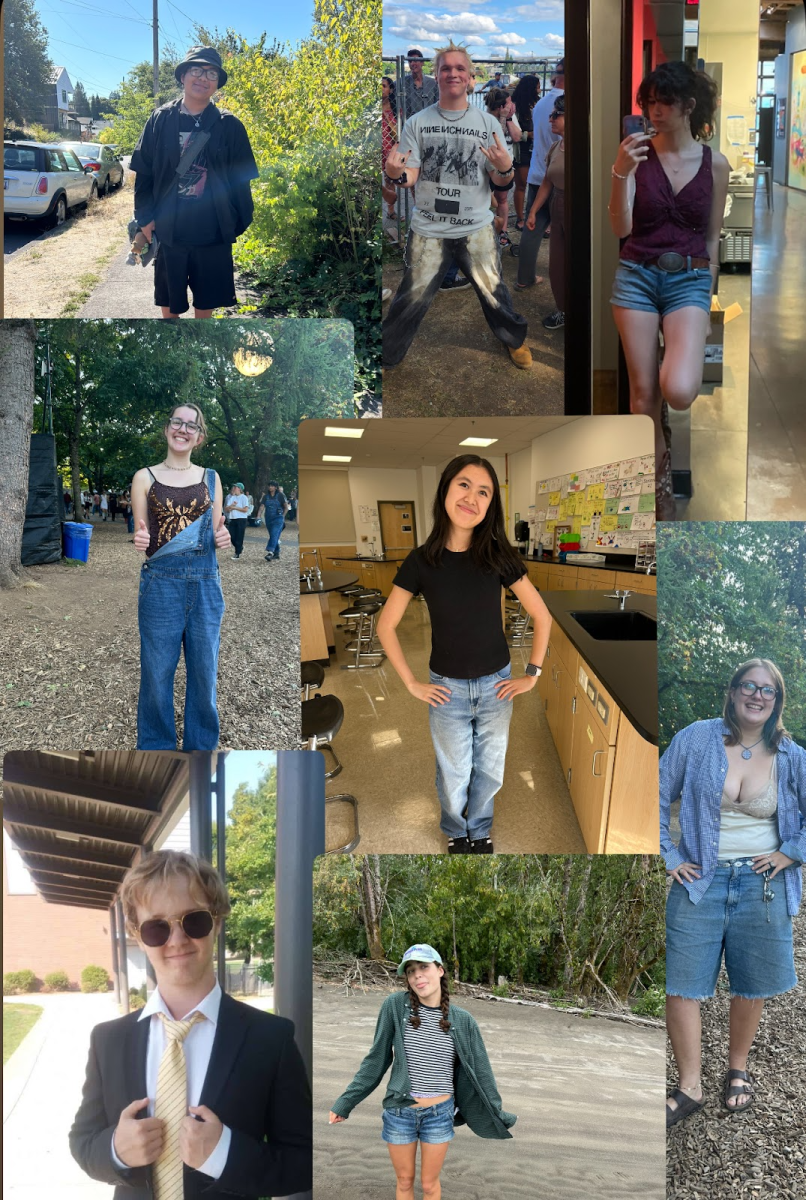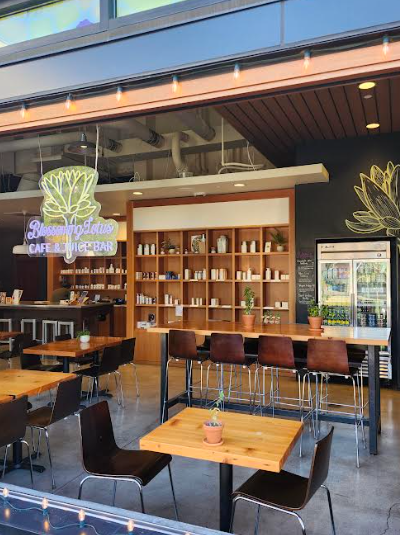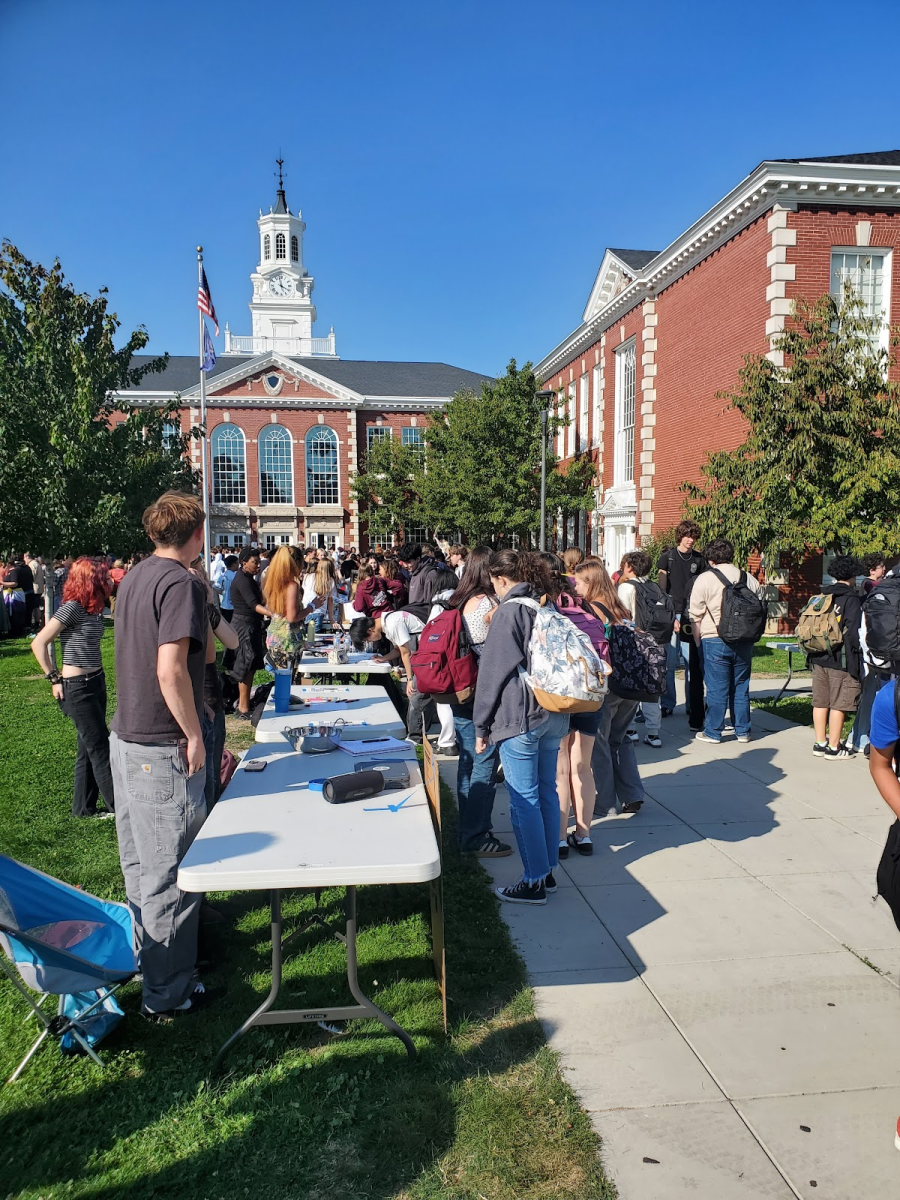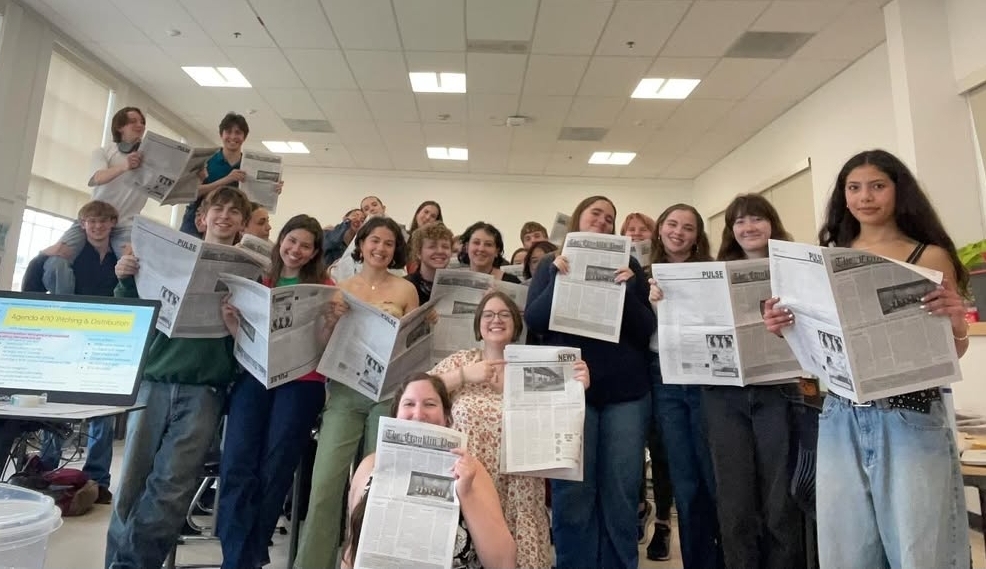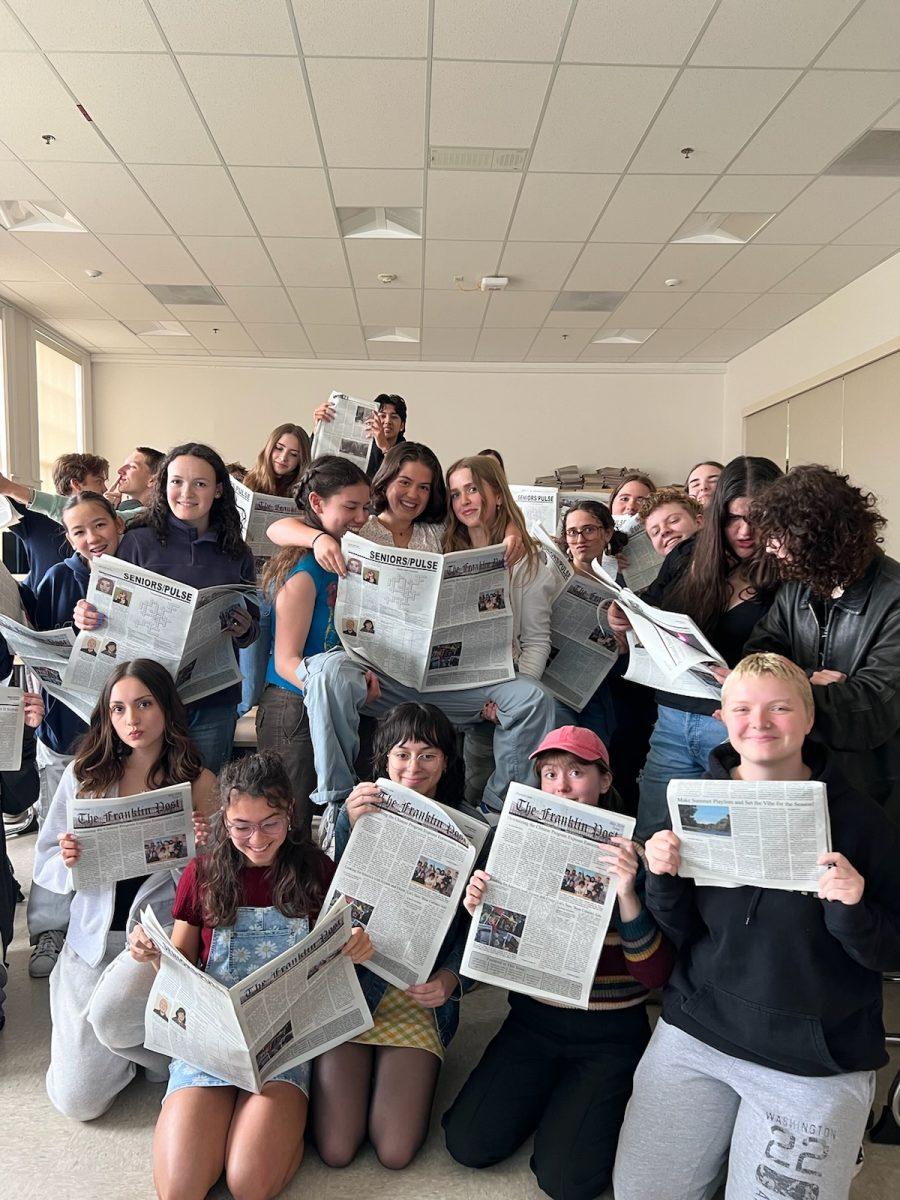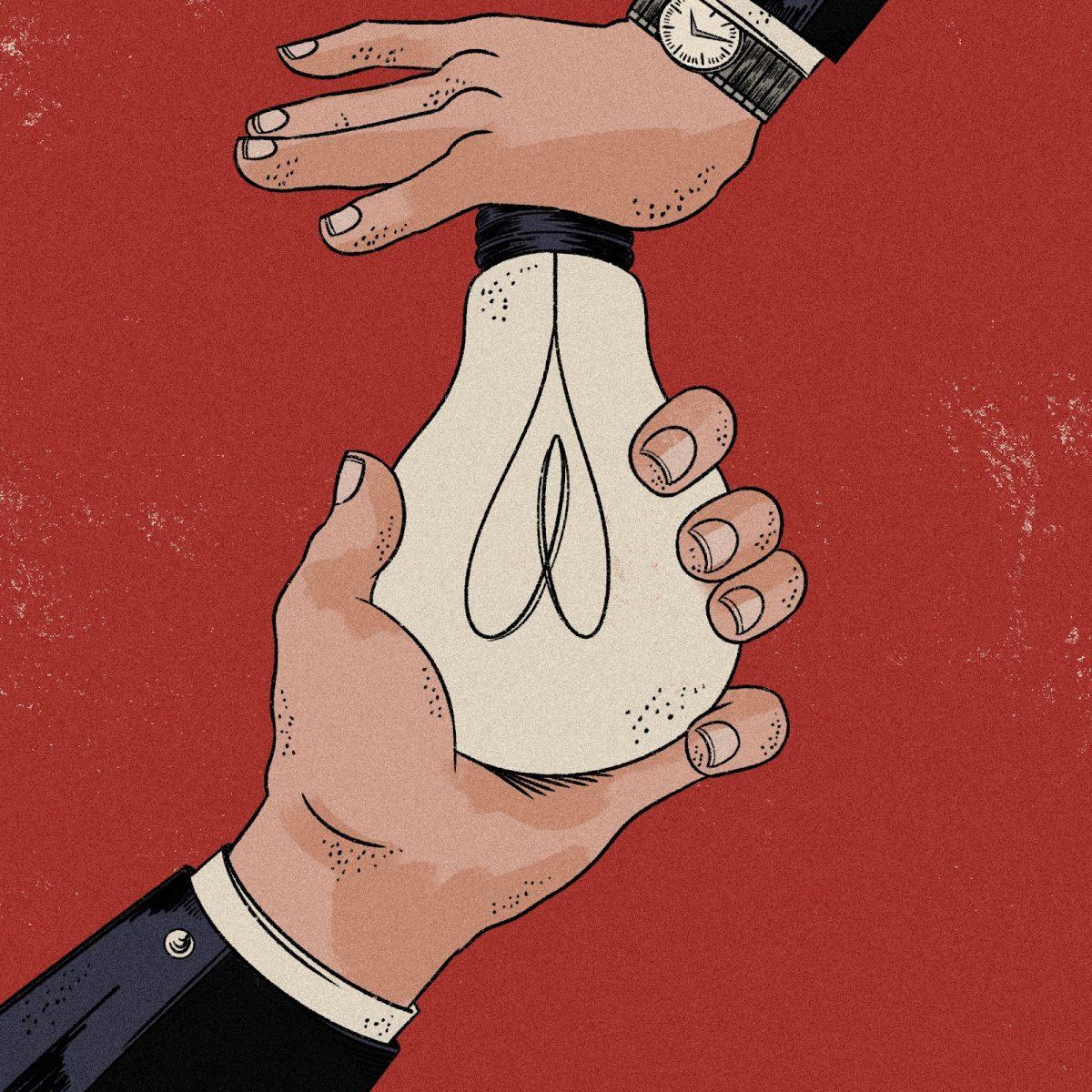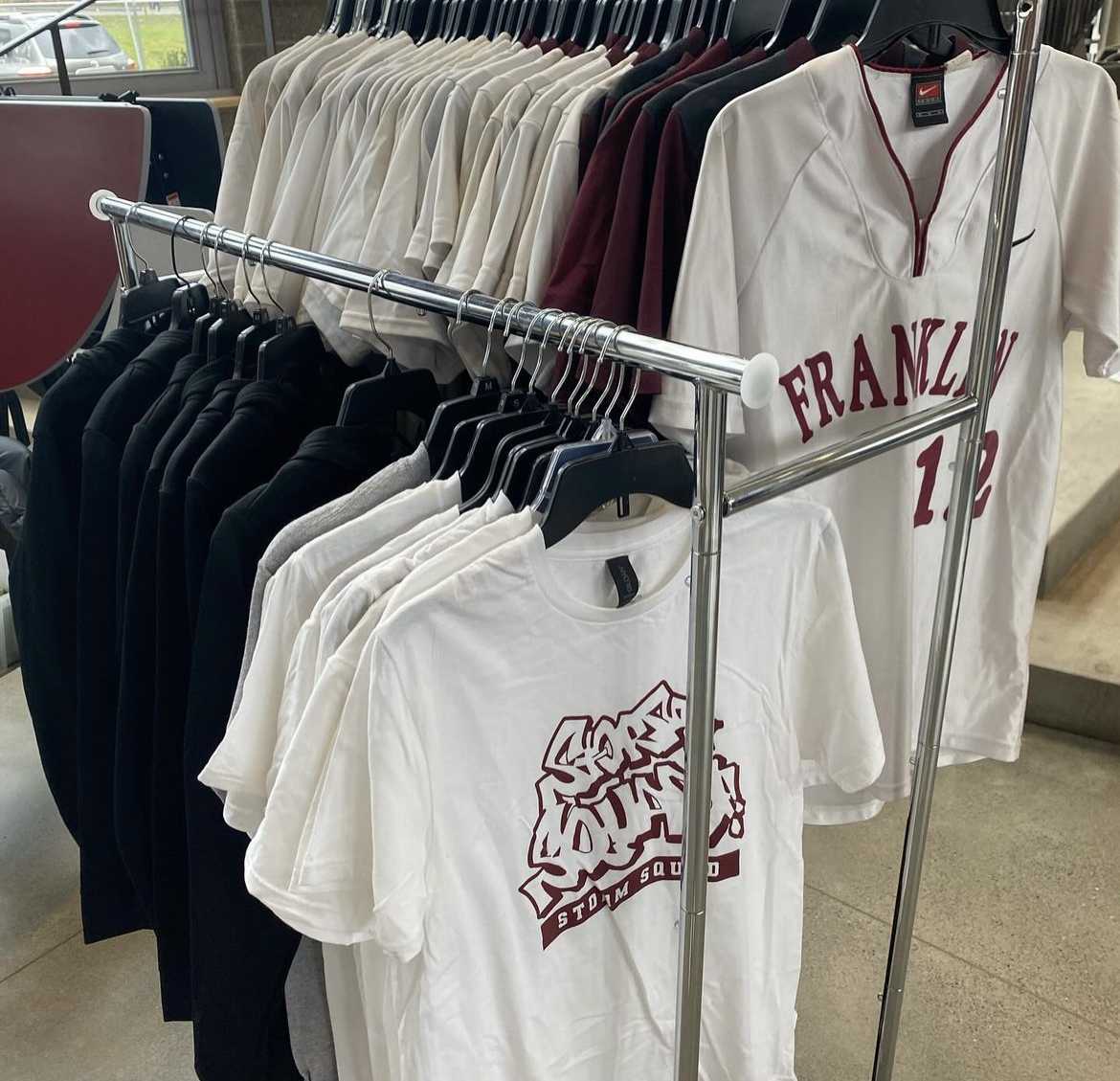Some people allege that Portland, OR is the ultimate thrift city. Second-hand shops line the streets of popular locations like Hawthorne Boulevard in Southeast and Glisan Street or Martin Luther King Boulevard in Northwest Portland. The thrifting craze is not just limited to Portland; popular social apps like Tiktok and Depop help promote this vintage/used clothing trend with video representation and advertisements of thrifted clothes and stores. Thrifting and secondhand clothing help to provide a sustainable solution to buying new, a stark comparison to other shopping practices like fast fashion, which generates large amounts of waste.
The increase in buying clothes secondhand helps decrease the consumption cycles and reduce additional waste in landfills, while also supporting local businesses. A New York Times article by Tatiana Schlossberg reported that about 85% of textile waste in the United States goes to landfills or is incinerated, and it will not decay. This shocking statistic emphasizes the terrible impact clothing trends can have on the environment and proves it is necessary to be conscious about your clothing choices.
The Center for Biological Diversity reveals more information about the true cost of unsustainable clothing trends, stating, “The fast fashion industry is a significant contributor to the climate crisis, responsible for as much as 10% of global carbon dioxide emissions.”
For those unfamiliar with the current climate crisis, The Nature Conservatory explains “Globally, the average carbon footprint is closer to 4 tons. To have the best chance of avoiding a 2℃ rise in global temperatures, the average global carbon footprint per year needs to drop to under 2 tons by 2050.”
Eliminating fast fashion completely would be the ideal solution, but unfortunately it is not realistic considering the globalization of fast fashion and the fierce advertising of each new fad. The easiest solution at the moment is to spread awareness and information about the impact of such trends, and promote thrift apparel stores and other alternatives.
Franklin’s Associated Student Body (ASB) recently held a flea market to generate revenue for the senior class of 2024’s prom. Students had the opportunity to sell their own clothing to the public and purchase other student vendors’ clothing. This event sparked the idea to gather information about where Franklin students typically get their clothing.
To cast a wide net of student feedback, mass interviews of the Franklin student body were conducted. Juniors Luz Culbert-Nusser, Jessa Chiang, and Elise Hubbard gave insight on their favorite shopping spots.
Culbert-Nusser reports that she purchases “most of [her] clothes from either the Goodwill Bins or other thrift stores, [she doesn’t] really have a favorite local clothing store.” The Goodwill Bins are a large attraction for many teens; the affordability and sheer quantity of clothing available is usually the appeal.
When asked about what Franklin students can do to improve their sustainability as shoppers and sellers and folks on the clothing market, Culbert-Nusser says, “I think shopping second-hand, or buying clothes from online eco-friendly apps like Depop or Poshmark can be helpful.”
Depop and other apps such as Thread Up, Poshmark or Mercari, are social e-commerce apps that help to circulate used clothing nationally and internationally. These clothing apps can be helpful for people to generate money and shop affordably and sustainably.
Hubbard says, “Generally I would consider myself a sustainable shopper, I don’t really buy first hand clothes.” Hubbard states, “I love second-hand shops, growing up I always had hand-me-downs and I just enjoy thrifting.” When asked about her favorite local clothing store Hubbard mentions the stores Red and Friends and 2nd Street as her go-to’s.
With the environmental impacts of fast fashion in mind, and insight from the student body, we urge Franklin students who are looking to upgrade their wardrobe or simply clean out their closet, to do so in an environmentally sustainable way, potentially providing clothing to other community members while purchasing beloved items for themselves.
